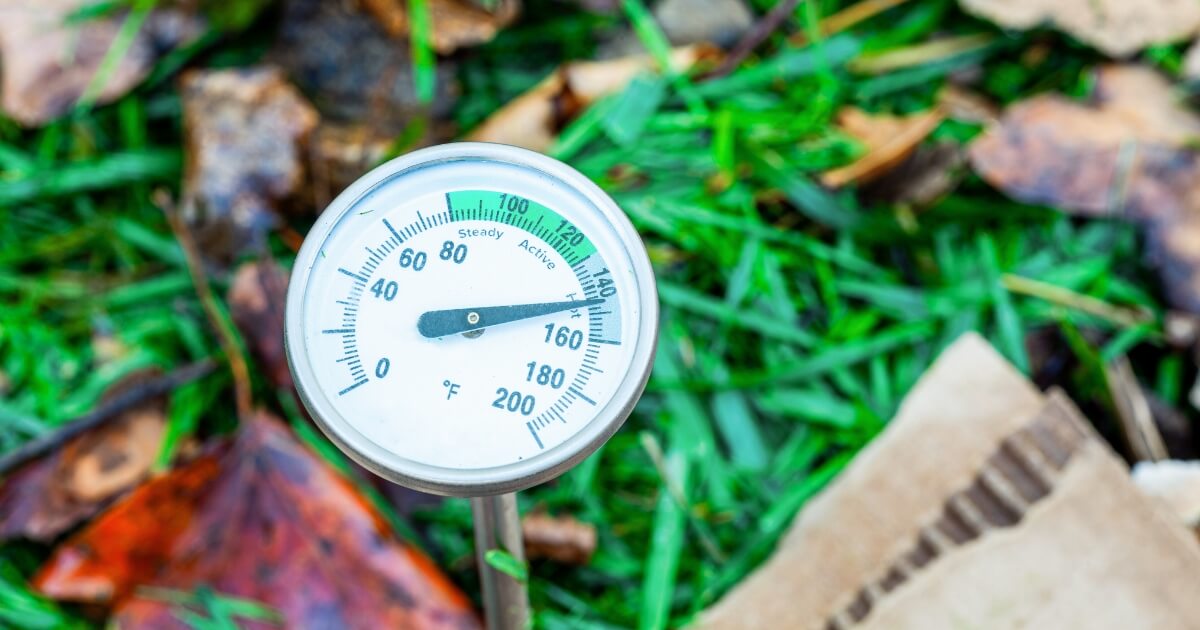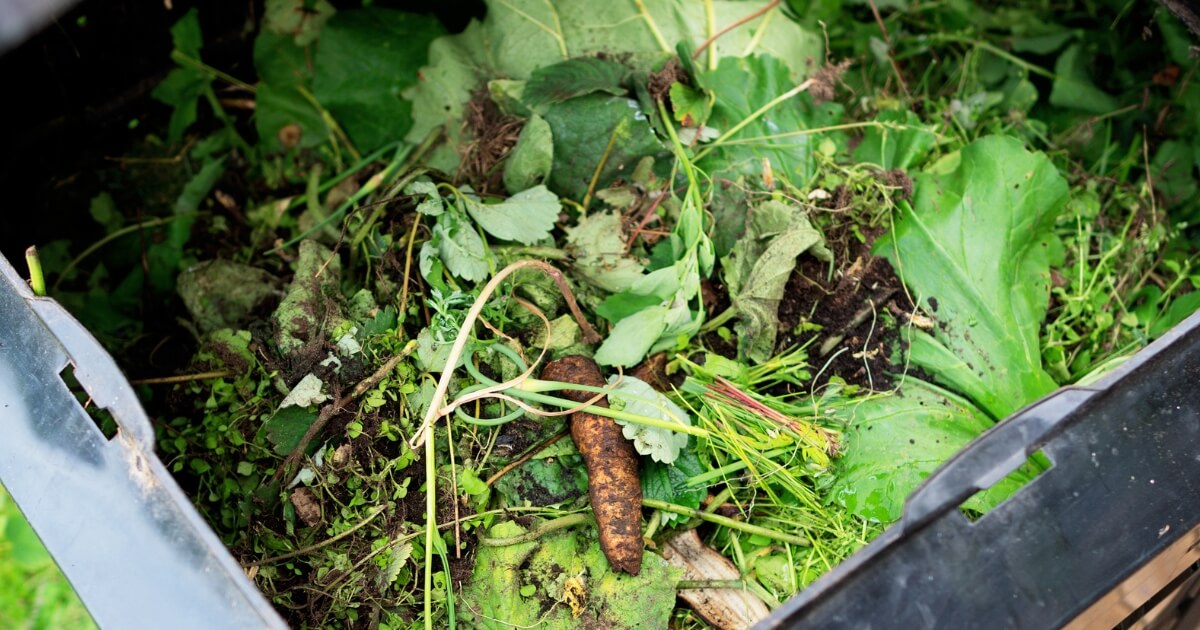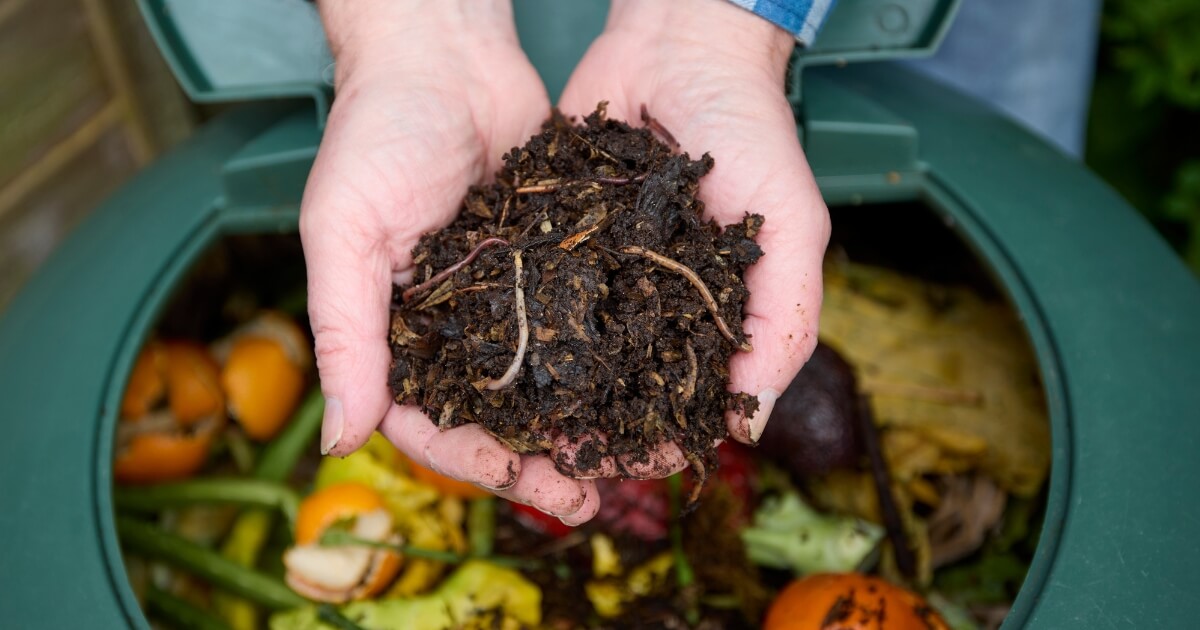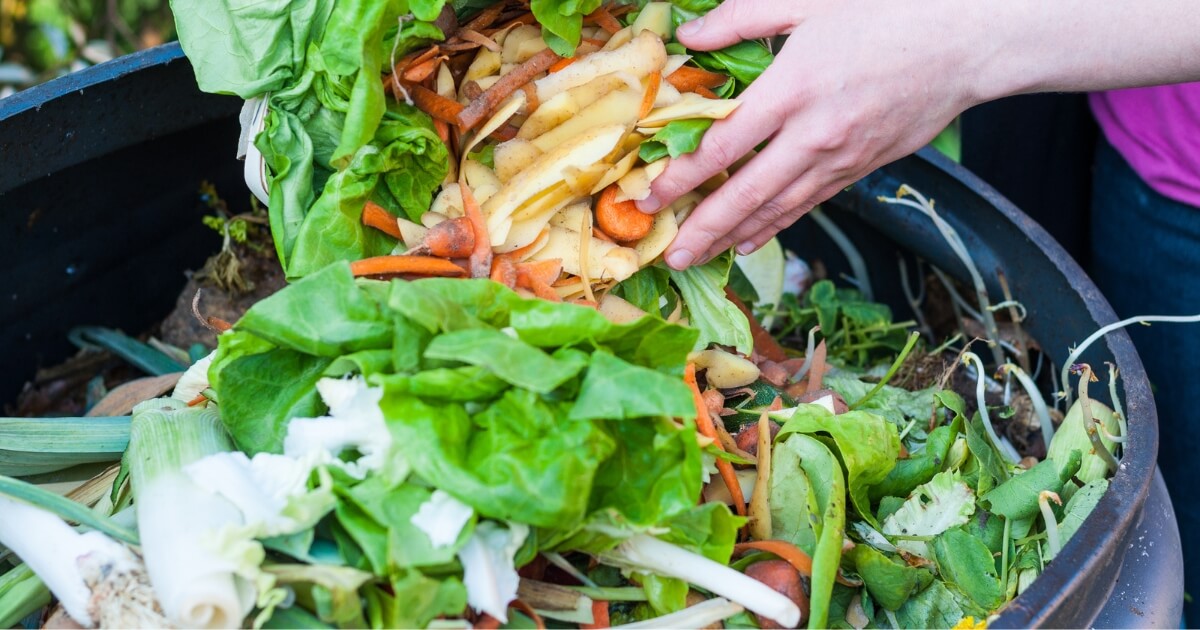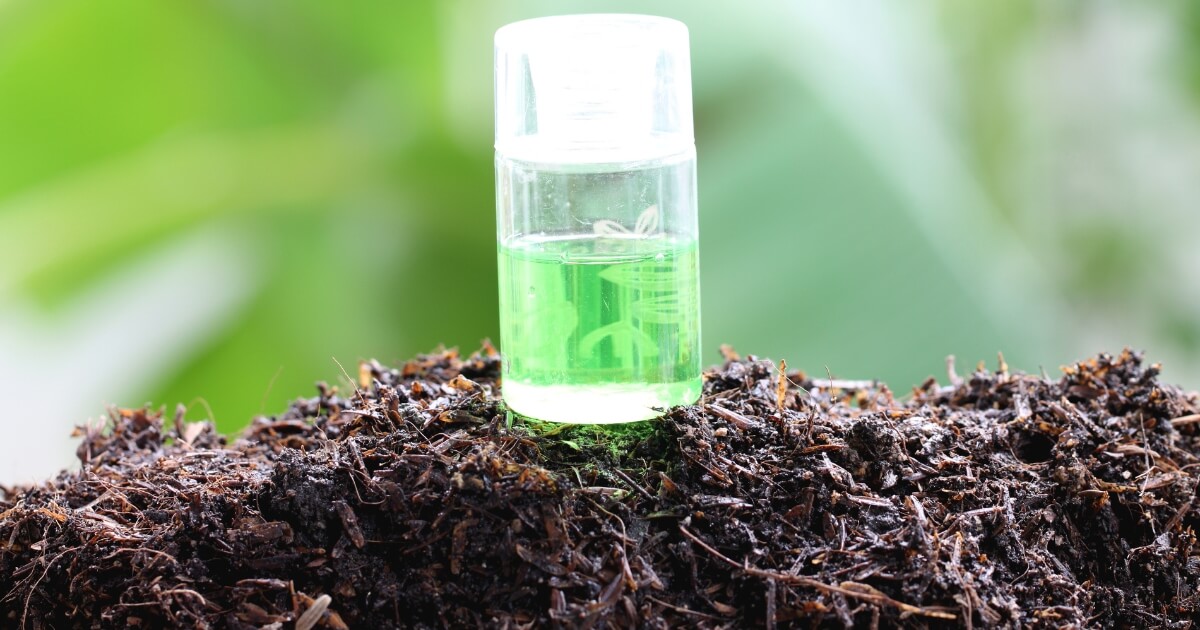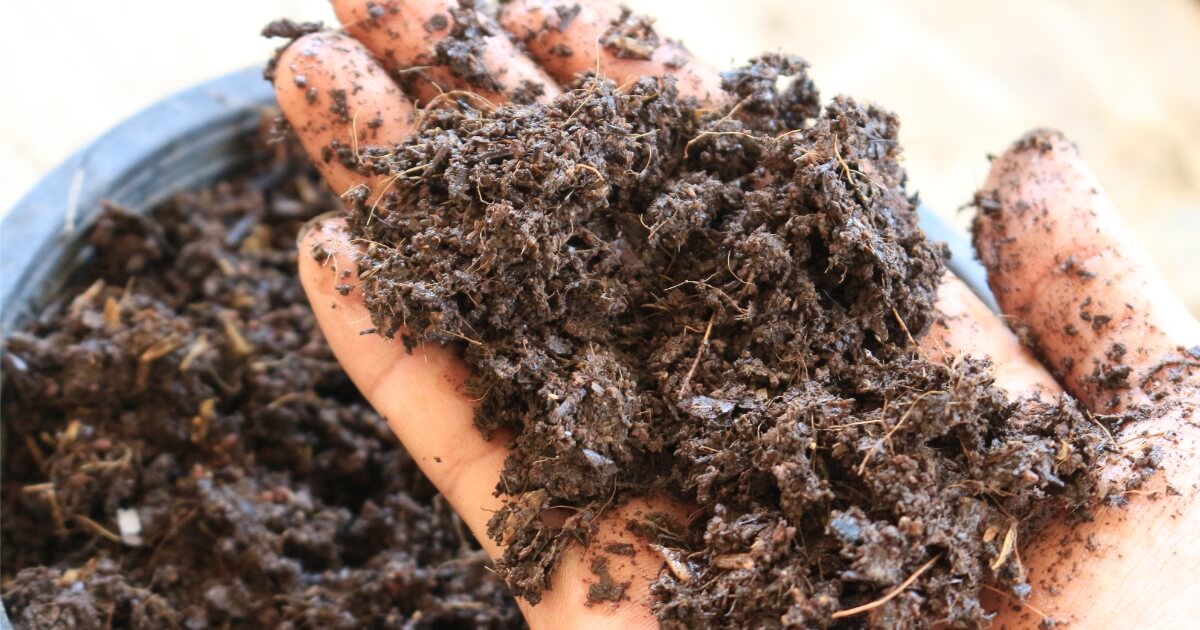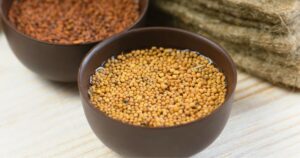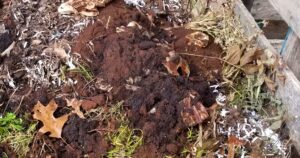Home composting is confusing if you’re unsure which ingredients are green or brown.
Green ingredients are nitrogen-rich, while brown ingredients are high in carbon. Expert gardeners know that mixing the correct ratio of green and brown material accelerates the composting process.
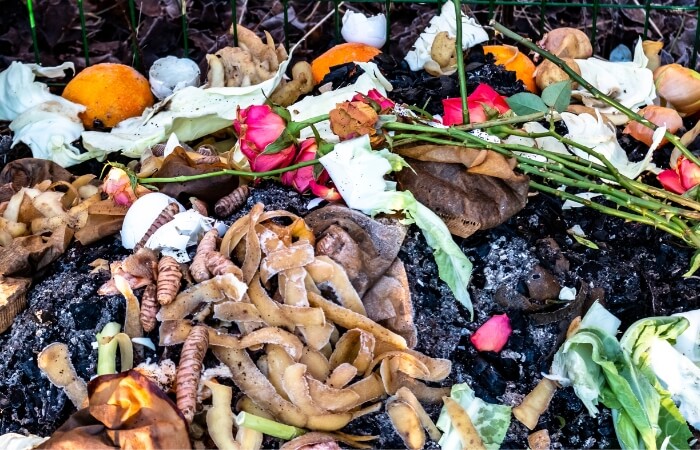
The compost ingredients list below is a comprehensive look at the most common brown and green materials to make compost, resulting in a rich soil amendment for your gardening needs.
9 Most Common Green Compost Ingredients
Green compost ingredients are food, plant, or organic matter high in nitrogen.
Typically, green ingredients have some moisture and will begin to stink or get slimy if you don’t incorporate them into your brown ingredients right away.
Vegetable Scraps
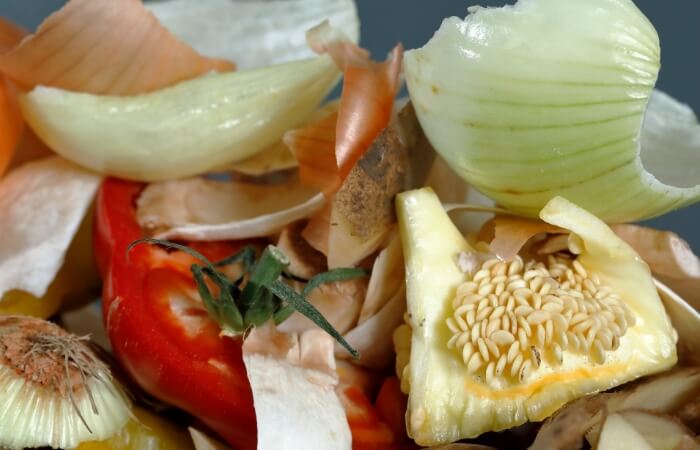
Most vegetable scraps are great for compost as they add moisture, calcium, magnesium, zinc, iron, manganese, potassium, and phosphorus to the batch.
You can compost cooked veggies if they aren’t dripping in oil. However, refrain from adding excessive tomato scraps at once to compost, as the high acidity may kill off the beneficial microbes.
Fruit Scraps
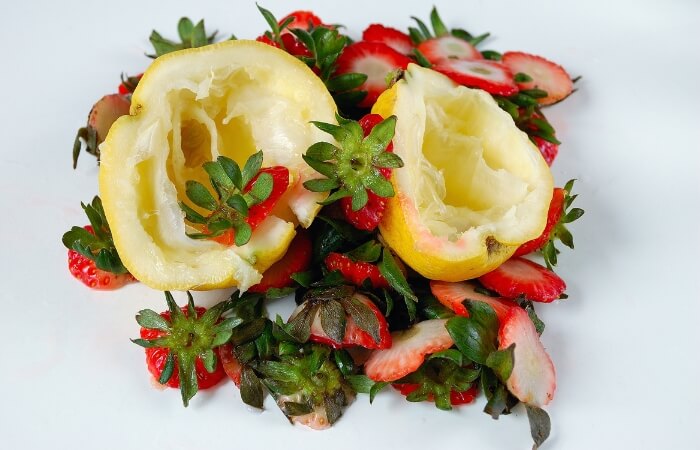
Composting fruit skins and scraps adds potassium and vitamins, bringing additional trace minerals to the final product.
Fresh, cooked, or rotten fruit is safe to compost. However, it’s best to chop thick peels from bananas, oranges, or other citrus fruits into small pieces before adding them to your composter.
Fresh Grass Clippings
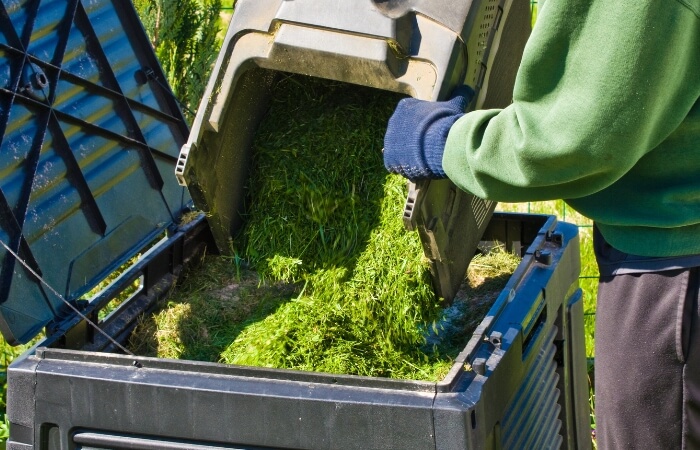
Instead of sending fresh grass clippings to the landfill, use them in your compost to boost the phosphorus, nitrogen, and potassium in the compost.
As a bonus, you can dry extra grass clippings for use as a brown ingredient if you’re composting system is lacking in bulk carbon ingredients.
Coffee Grounds
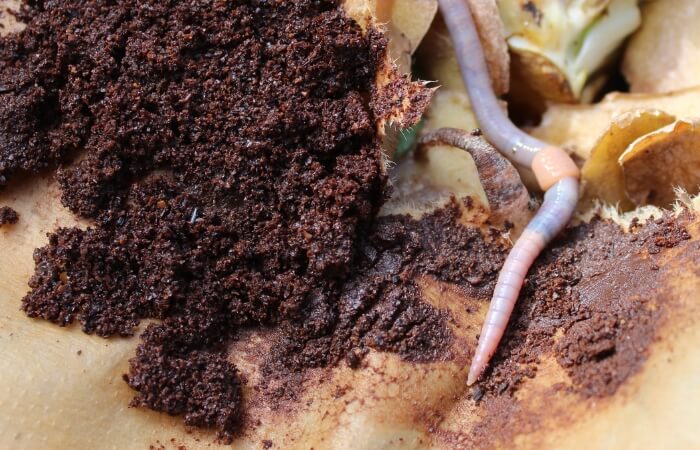
Coffee grounds particles are small and simple to incorporate into compost.
Coffee grounds add calcium, magnesium, copper, and iron to compost, but are high in acid, so include them in small batches.
Fresh Weed and Plant Foliage
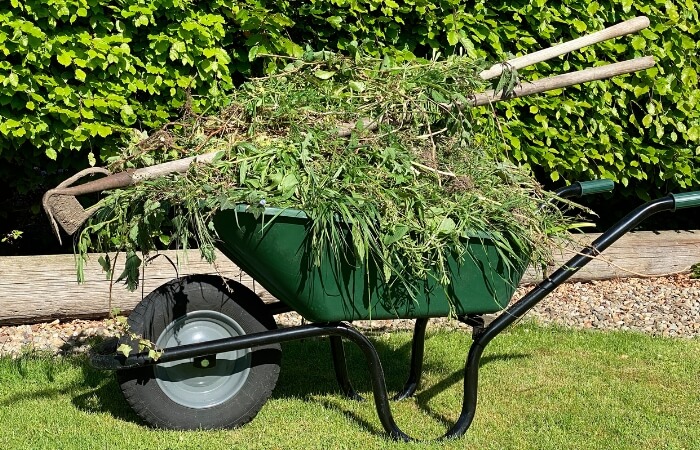
Fresh green weeds and plant foliage contribute much-needed moisture and calcium, iron, phosphorus, potassium, magnesium, manganese, zinc, and selenium to compost.
Refrain from adding weeds that have gone to seed, as they may not break down during processing and can sprout when you spread the compost in your garden.
Fresh Leaves
Freshly fallen leaves provide calcium, iron, potassium, copper, zinc, magnesium, and trace micronutrients to your compost.
You can utilize fresh leaves as a green compost ingredient or allow them to dry to use as a brown, carbon ingredient.
Eggshells
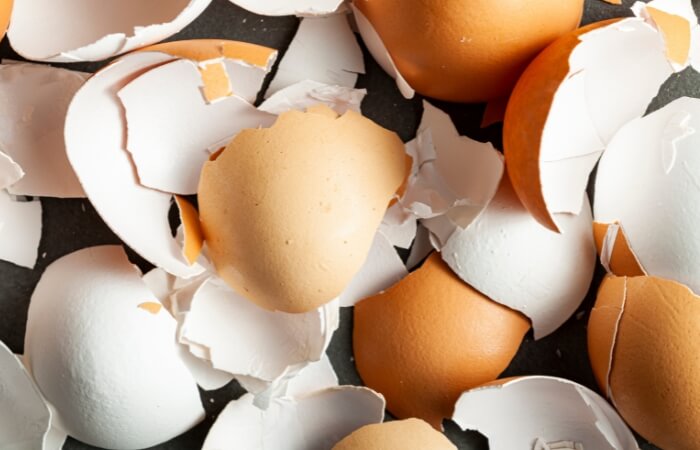
Eggshells are an excellent nitrogen-rich compost ingredient that adds calcium, protein, magnesium, selenium, and strontium for more vigorous plant development.
Crush eggshells before tossing them into the compost bin to help break down the tough shells faster.
Poultry And Cow Manure
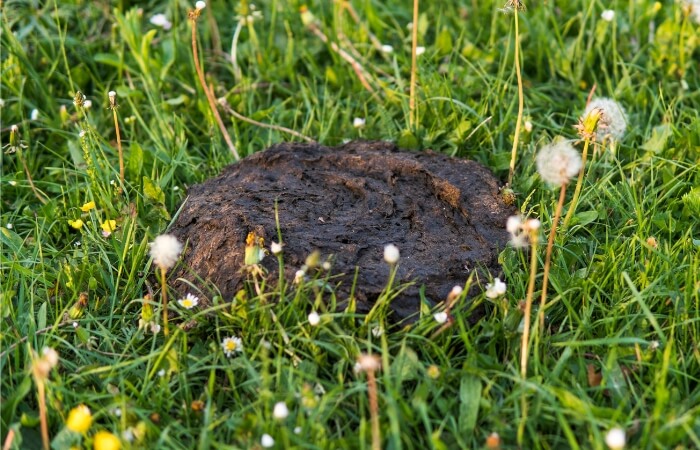
Animal manure is very high in nitrogen, making it an ideal green compost ingredient. Manure also adds phosphorus, potassium, copper, manganese, and zinc to boost compost’s nutritional benefits.
You can mix poultry or cow manure with brown ingredients and not worry about adding other green elements if you maintain proper moisture levels. The compost batch will process and be ultra-rich in nitrogen, which garden plants love.
Fresh Alfalfa Or Clover Hay
Hay from alfalfa or clover plants is high in nitrogen, potassium, Vitamin A, copper, folic acid, calcium, and many other trace minerals that increase the nutrients in a compost batch.
Fresh hay decomposes quickly in a well-tended compost pile, but cutting it to shorter lengths helps it break down faster.
8 Most Common Brown Compost Ingredients
Brown composting ingredients are higher in carbon than nitrogen. As a result, brown elements generally have low to zero moisture content and have more volume than their green counterparts.
Brown ingredients decompose more slowly than green material and provide bulk that aids in the aeration and texture of compost.
Dry Leaves
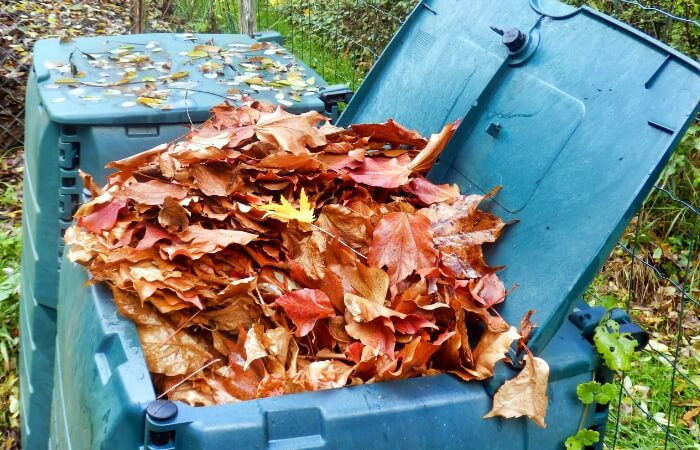
Dry leaves are readily available and provide decent amounts of nitrogen, potassium, phosphorus, and other trace nutrients to the compost.
Before adding them to the composter, shredding leaves reduces bulk and increases the decomposition rate. You can store extra shredded leaves in a sealed container if you have difficulty finding enough brown material to use throughout the year.
Nut Shells
Composting the nutshells helps the drainage and aeration of compost while adding cellulose, calcium, magnesium, zinc, phosphorus, and selenium. However, be aware that most nutshells take a long time to decompose.
Please note that walnut shells contain juglone, which in large amounts in a compost batch can be toxic to plants, especially tomatoes.
Dry Pine Needles
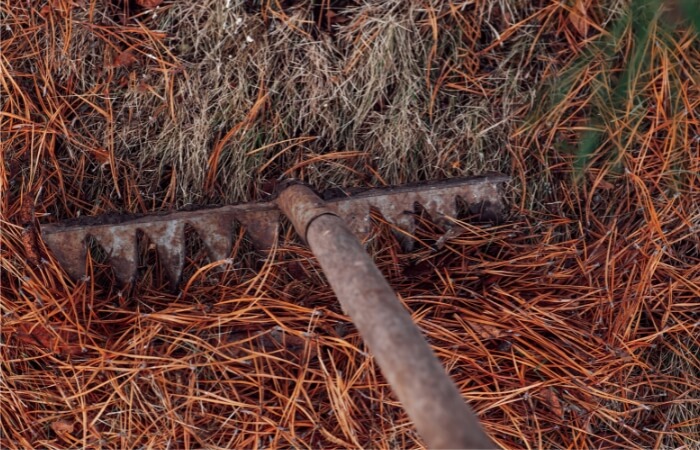
Dry pine needles lose much of their acidity as they age and add nitrogen, phosphorus, potassium, calcium, magnesium, and sulfur to the final product.
It’s best to break the pine needles into smaller bits before mixing them with the compost to prevent them from matting or tangling together and creating hard-to-process clumps.
Wood Shavings or Sawdust
Wood shavings, sawdust, bark, or small twigs are excellent brown compost materials. However, wood products take longer to decompose than other carbon ingredients, and you’ll want to avoid using sawdust or chips from chemically-treated wood.
Wood shavings or sawdust provide abundant cellulose that compost microbes love to feast upon but provide little other nutrients. However, sawdust and small chunks of wood help absorb excess moisture in compost.
Cardboard And Paper
Cardboard, newspaper, and other paper products such as paper towels and napkins are another excellent source of bulk and cellulose you can recycle through your composting system.
Avoid using paper products with colored ink, soaked with grease, or glossy coatings, as these may unbalance or slow down compost processing. Paper or cardboard ingredients will absorb extra moisture, and shredding the material first will help it degrade fast.
Straw
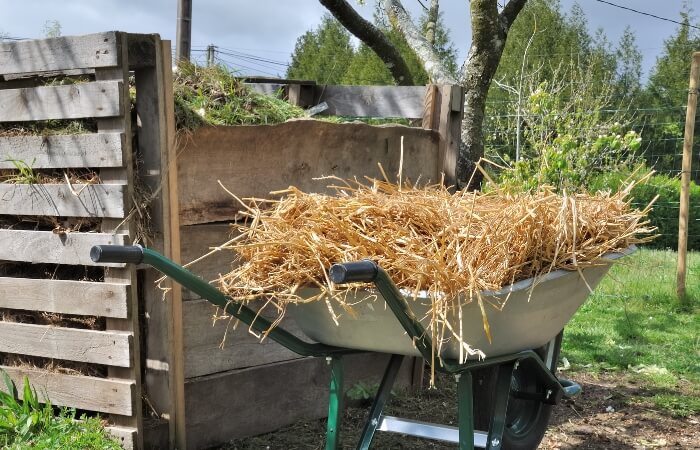
Straw is dry hay that has no grain left on the stalk. Chaff is straw cut into smaller lengths.
Straw adds small amounts of nitrogen, phosphorus, and potassium to compost and is mainly a carbon bulk material.
Ashes
Ashes from fires are safe to add to compost as a brown ingredient. Wood ash is alkaline and provides calcium, potassium, and magnesium carbonate to compost but adds little bulk.
Ashes can quickly clump up when moist, so incorporate them slowly into your compost and turn the material well to keep it spread out.
Dried Plant Foliage
If you allow pulled weeds, spent vegetable crops, and other plant foliage to dry in the sun, they become a brown compost ingredient.
The minerals found in dried plant foliage vary. Still, expect them to add some amount of potassium, selenium, sodium, boron, calcium, manganese, iron, magnesium, phosphorus, and zinc to the compost.
Don’t forget to save this page for reference to always know what green and brown ingredients are best for compost!
